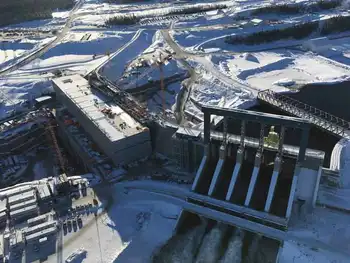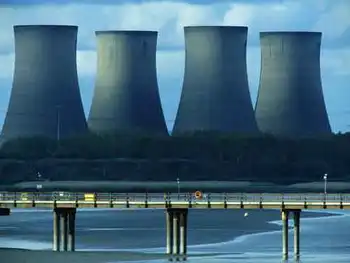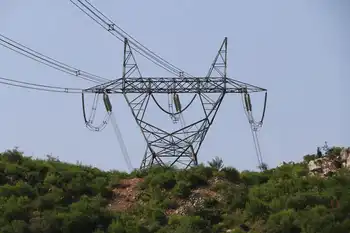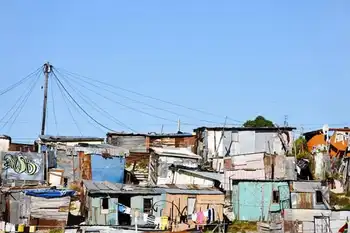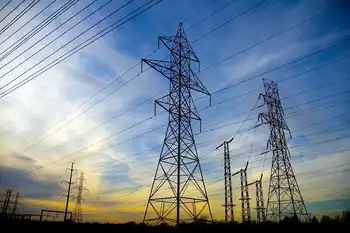USEC scraps uranium plant, mulls options
By Reuters
Protective Relay Training - Basic
Our customized live online or in‑person group training can be delivered to your staff at your location.

- Live Online
- 12 hours Instructor-led
- Group Training Available
USEC's planned American Centrifuge Plant in Piketon, Ohio, was one of four new facilities proposed that would be built to supply enriched uranium to the nuclear power sector, which industry experts believe is poised for a renaissance in the United States.
"We are shocked and disappointed by DOE's decision," USEC Chief Executive John Welch said in a statement. "We deeply regret the impact this decision will have on all those affected, but as we have stated in the past, a DOE loan guarantee was the path forward to completing financing for the project."
The company had so far sunk $1.5 billion into the ACP project, using funds from the equity and debt markets, but still needed another $2 billion.
"If they are ultimately going to extract any value for the ACP, it is going to be through selling USEC, most likely to someone who has deeper pockets, who can either convince the DOE there isn't as much risk with the project or finance it themselves," said Roger Read, an analyst with Natixis Bleichroeder in Houston.
General Electric, Toshiba's Westinghouse Electric Co and McDermott International were all potential buyers, Read said.
The Energy Department said it had asked USEC to pull its loan request so that the company could do more research to resolve technical problems facing the ACP plant, and that it had offered to fund $45 million of that research over the next 18 months.
The DOE will also expand its environmental clean-up program for Cold War-era contamination at a site in Piketon.
"USEC will have another chance to resubmit their application if they can overcome the technical and financial hurdles, but in the meantime we'll put more people to work in the environmental cleanup effort," Energy Secretary Steven Chu said in a statement.
Eight new nuclear reactors may be built in the United States by 2020, adding to the 104 that are now in operation, according to industry experts.
Currently, USEC's Paducah, Kentucky, plant supplies about half the uranium for the U.S. nuclear power plant industry, but the company originally had considered closing the Paducah facility when it finished the Ohio plant.
USEC also supplies uranium to nuclear power plants through the Russian "megatons to megawatts" program, which recycles dismantled Russian nuclear warheads.
The company was once run by the U.S. government, but was spun off in the early 1990s to restructure its uranium enrichment operation and prepare it for sale to the private sector. The company's privatization was completed in 1998.
USEC said that it had engaged outside advisers to evaluate its strategic alternatives. It stressed that its core business was still intact and said it finished the second quarter with $78 million cash on hand.
The Piketon plant was to be among the first to use a new generation of gas-centrifuge production technology to produce enriched uranium. That would be far more energy-efficient than the older technology used at the Paducah facility.
Urenco, a consortium of European governments and utilities, is expected to build the first of that type of plant in New Mexico, while France's Areva Group is planning to build another in Idaho.
GE, Hitachi Ltd and Cameco Corp are working together to develop a plant in Wilmington, North Carolina, that will enrich uranium by using lasers.





